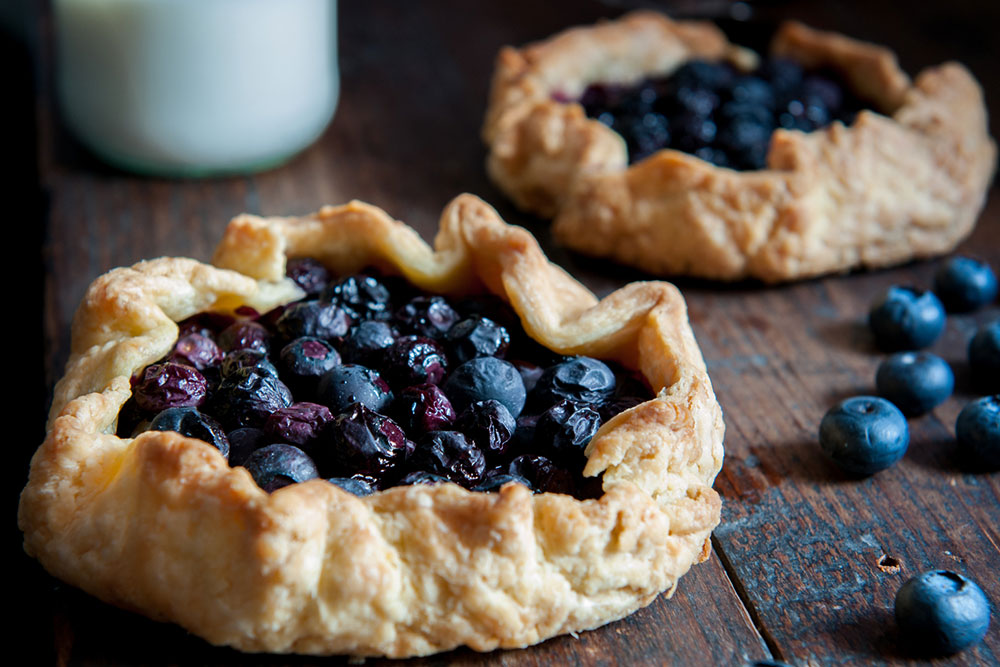
Best foods and management options for Parkinson’s
Parkinson’s disease is a progressive disorder affecting the nervous system. It also affects the parts of the body controlled by nerves. Parkinson’s symptoms may differ from person to person but typically manifest as tremors, rigid muscles, and loss of automatic movements. The course of action for managing Parkinson’s depends on the severity of the symptoms and disease progression. Nevertheless, the following nutritional choices and management options are common ways to manage the disorder.
Nutritional choices
When dealing with Parkinson’s, adding the following foods to the meal regime may help slow the progression of the disease and alleviate the symptoms.
1. Berries: Parkinson’s disease often develops when the brain has an imbalance of antioxidants and unstable compounds (free radicals). To counter the damaging effects of free radicals, experts recommend foods rich in antioxidants, such as blueberries, blackberries, and cranberries, to help protect the brain against oxidative stress.
2. Salmon: Fish like salmon are rich in omega-3 fatty acids, which are healthy fats that can improve brain function. Other options rich in omega-3s are flaxseed, soybeans, oysters, and halibut.
3. Sirloin steak: Lean red meat, like sirloin steak, is rich in iron—a mineral that helps with the production of neurotransmitters and helps the blood carry oxygen throughout the body, including the brain. So, increasing iron intake could help improve attention and concentration, ultimately slowing down the progression of Parkinson’s.
4. Kale: This green leafy vegetable is rich in vitamin E, which helps protect cell membranes against free radicals. Kale is also rich in folates, which promote normal brain development. Other leafy greens rich in these nutrients include spinach and broccoli.
Management options
While a cure for Parkinson’s is yet to be developed, today, certain treatments, such as prescription-based options, can help control symptoms. More advanced cases of the neurological disorder may require surgery, including deep brain stimulation. The treatment plan may also involve MRI-guided focused ultrasound, a minimally invasive treatment that has helped some people with Parkinson’s disease manage tremors. Additionally, the following lifestyle changes can aid treatment:
1. Exercise: Regular exercise could help improve muscle strength, balance, and flexibility. It could also help one reduce stress levels. When dealing with Parkinson’s, consulting a physical therapist can help one follow suitable exercise routines, which could include walking, swimming, dancing, and gardening.
2. Tai chi: This is a mind-body exercise that involves the use of slow, flowing motions to improve muscle strength, balance, and flexibility. Tai chi routines could be customized for people of all ages and those with neurological disorders like Parkinson’s to help them improve motion control and balance.
3. Meditation: This relaxation technique involves being silent and focusing the mind on an idea or image. Meditating for a prolonged time could help bring down stress and pain when dealing with a condition like Parkinson’s.
4. Yoga: Yoga is another mind and body practice that involves gentle stretching movements and poses to increase flexibility and balance. When dealing with Parkinson’s, one should practice yoga under the supervision of a trainer to stick to the most suitable exercises.







